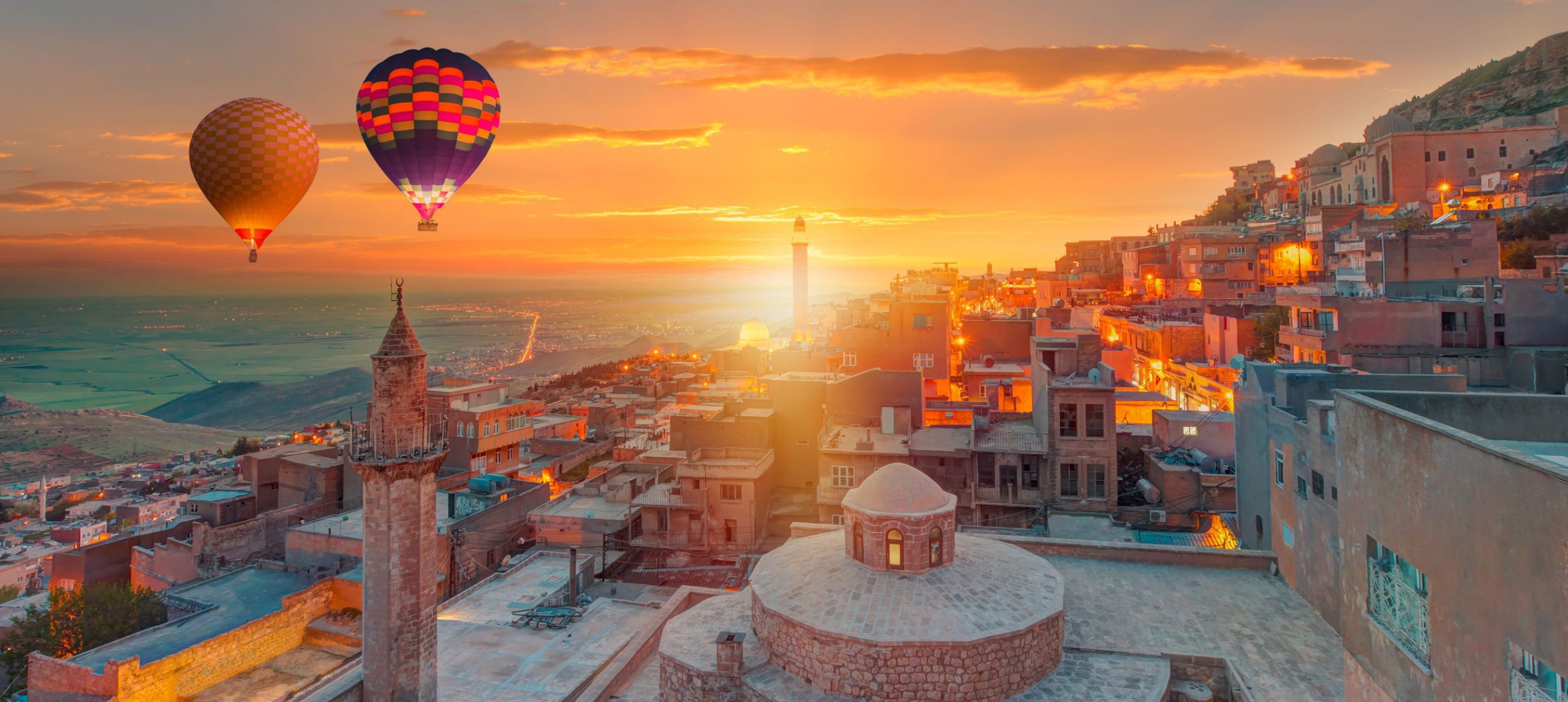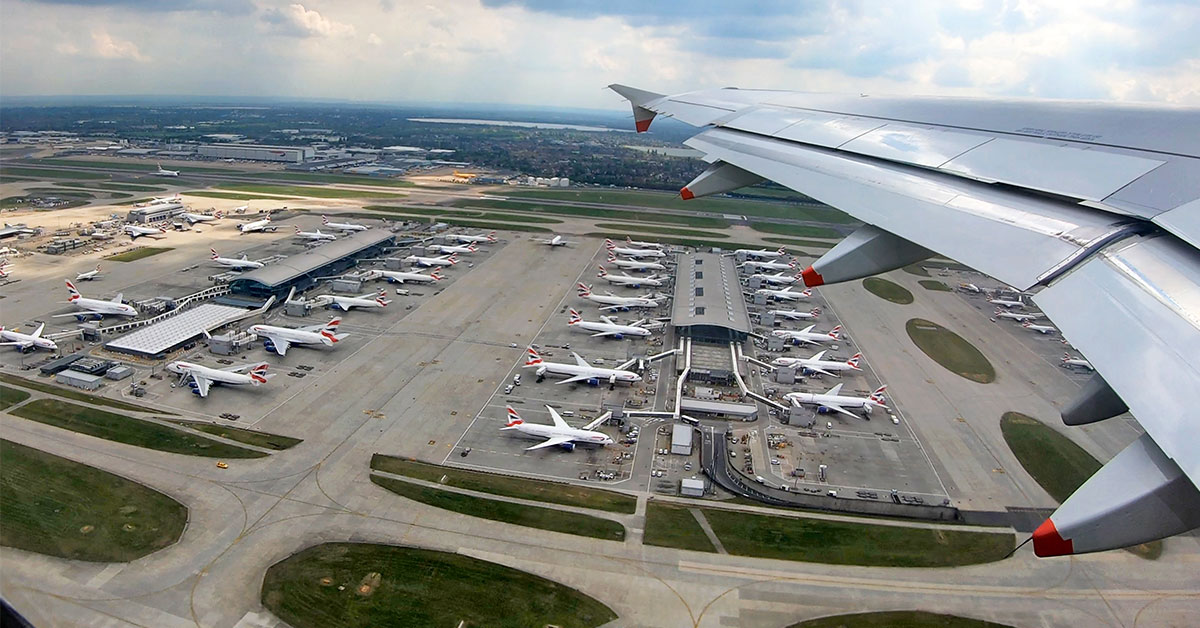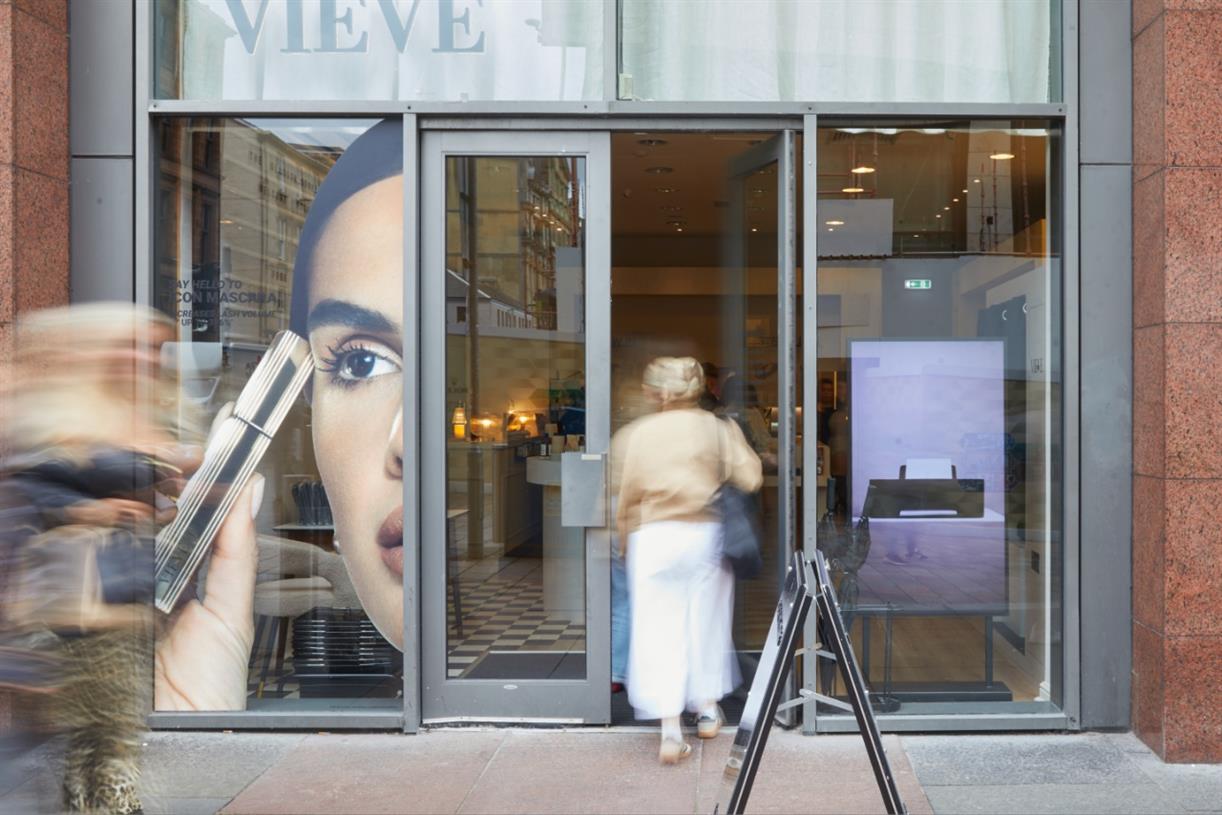12 Amazing Art & Cultural Attractions In Turkey
Turkey is a beautiful nation and peculiar on its own as it holds a unique geographic position, straddling Asia and Europe and the country has meticulously indulged itself with the cultures and artistic traditions of both of these diverse...


Turkey is a beautiful nation and peculiar on its own as it holds a unique geographic position, straddling Asia and Europe and the country has meticulously indulged itself with the cultures and artistic traditions of both of these diverse continents.
Whether it’s the beautiful sight of rocky scenery, the serenity of the sparkling beaches, or the unparalleled magnificence of art and cultural attractions in Turkey. The Turkish Republic is undoubtedly exceptional from all other nations in Europe and Asia and crafts an experience unique to its own.
The region that today makes up the republic; has experienced a remarkable array of cultural influences; that has left a rich archaeological record from the Islamic Middle East to Classical Europe, which is still clearly visible in the region’s ever-picturesque landscape.
Turkish culture is molded by layers and layers of cultural intricacy rather than a single defining mode, as Turkish culture has evolved by assimilating the traditions of multiple conquered regions.
The Sassanids, the Romans, the early Christians, the Byzantines, Ottoman Empire, and Renaissance-era Europeans all influenced the decorative arts and architectural styles of Turkish art; it is a place of invaluable heritage.
As the “cradle of civilizations,” this country has witnessed lengthy history which spans approximately 2,500 years, during which there have been contradictory upsurges in religion, culture, and imperial authority by the most powerful empires in the world.
The sheer opulence of ottoman structures, the stunning scenery of ancient Greek ruins, and the magnificent attractions of the Roman remains. Countless kingdoms have battled, and many troops perished over centuries in the attempt to claim this country as their own.
It is just as unique today as it was tens of thousands ago. Below is a list of some of the most beautiful places and abode of Turkish art and cultural activities.
12 Amazing Art & Cultural Attractions In Turkey
Hagia Sophia

Built originally as an orthodox church in 532 and 537, Hagia Sophia is a marvel of Byzantine empire architecture and art located in The Byzantine Empire’s capital, Constantinople (now Istanbul).
Hagia Sophia served as the famous basilica before being converted by the Ottoman Empire into an imperial mosque in 1453, then a stunning Istanbul museum, and finally again to arguably be one of the most popular mosques in the world.
Hagia Sophia underwent extensive renovations and was built three times in the same place. One of the architectural wonders of human history, it features jaw-dropping domes that seem to hang in the air, massive marble columns, and fine mosaics. Mosque seamlessly uses space, light, and color to create stunning scenery for every believer.
Witness the Islamic arts of ottoman empire minarets and inscriptions among magnificent mosaics. The building illustrates the religious changes and art culture from being an orthodox church to an imperial mosque with time.
It’s three sides facing the Sea of Marmara, the Bosphorus, and the Golden Horn. It is one of the best examples of what Turkish art stands for; a mix of different cultures and influences immersed to form a breathtaking experience.
Topkapi Palace

Topkapi palace will take you back to the time during an era when ottoman sultans ruled and flourished; the history that these magnificent walls have witnessed is more than any museum or palaces combined.
The Topkapi Palace Museum is renowned for its architecture, collections, and commemoration of the history and heritage of the Ottoman Empire. In 1924, one year after the Republic of Turkey was founded, it opened as a museum.
In addition to housing the imperial collections of the Ottoman Empire, the Topkapi Palace Museum’s library is home to a substantial collection of books and manuscripts.
For 400 years of the Ottoman Kings’ six-century reign, Tokopai Palace served as both their primary residence and a prominent hub for royal entertainment. An exhibition of prophet Mohammed’s belongings is the main attraction for visitors alongside the chamber where exquisitely made finely crafted ottoman clocks and timepieces are on show.
It tells you about a time when stunning concubines walked the halls, Ottoman kings ruled the country, political decisions that determined the fate of the people who lived there were made, and cunning eunuchs hatching their schemes. Topkapi Palace is one of the best examples of Ottoman architectural legacy and a must-see location while traveling to Turkey since it offers an alluring glimpse into the mysticism and mystery of one of the largest empires in history, in addition to opulent pavilions and a massive harem palace.
For anyone who appreciates Turkish culture and art, it’s a true delight.
Dolmabahce Palace

Dolmabahce palace is the biggest palace in Istanbul located along the gorgeous European coast of the Bosphorus Strait. This magnificent imperial palace, which is valued at about $1.5 billion according to current estimates, is the epitome of Ottoman architecture attraction and their extravagant lives.
Unquestionably one of the most captivating locations in Istanbul, the Palace proudly displays its ancient majesty through the structural finishing decorated with a range of expensive gems, gold, and everything bright that enhances the beauty of the building in every nook and crevice.
Chora Church

“The Church Of The Holy Savior,” also called Chora Church, was established at the beginning of the fourth century, it was built originally as a portion of the monastery using parts of the Constantinople city walls. The monastery was an essential part of the city’s defense system because of its proximity to the city, earning the name “Chora” which meant “outside the city” in greek and Kariye in Turkish.
Due to its proximity to the Palace of Blachernae, Chora church also served as the court chapel throughout the Komnenoi dynasty for significant religious rituals.
The reserved byzantine church showcases the beautiful Byzantine mosaics from the 14th century; The Kariye museum displays significant and exquisite specimens of late-period East Roman painting. The concept of depth in mosaics and the dynamic movement of figures during the Middle Ages were antecedents to the Renaissance era.
With the most magnificent Byzantine murals and mosaics, Chora Church was one of the most outstanding specimens of palaeo-architecture up until the fall of Constantinople.
The church as we know it today is not how it was built originally. Instead, it underwent extensive renovations at least five times, with the most significant ones taking place in the 11th, 12th, and 14th centuries.
As a result, you can now see the history that was attempted to be covered up and reconstructed many times all at once by what remained of it.
An absolute pleasure Chora church is a must for your trip to Turkey!
Suleymaniye Mosque

One of Istanbul’s biggest and most significant imperial mosques is the Suleymaniye Mosque. Constructed by the legendary architect Mimar Sinan on the order of sultan Suleiman, it is the best example of Sinan’s architectural capabilities serving as his largest design.
The famed Ottoman architect Sinan and emperor Suleiman, who ordered its construction, are both buried inside the complex.
Its impressive features include the finely designed interior in addition to the overwhelming size. The vast arched expanses to the southwest and northeast, as well as the supporting semi-domes to the northwest and southeast, reinforces the feeling of space and light and is guaranteed to leave you mesmerized.
Blue Mosque

The imperial mosque is called the “Blue Mosque” because of the blue tiles that surround its interior walls. During the reign of Ahmed I, the mosque was constructed between 1609 and 1616 with the goal was to creating a structure that would not only match but also surpass the majestic Hagia Sophia.
You should approach the mosque from the side, coming from the Hippodrome, instead of entering it through the park; if you wish to appreciate its design and architecture.
The largest of all Ottoman mosques, with exquisite curves created by an ascending system of domes and semi-domes and six minarets, most of any mosque in Istanbul, the Blue Mosque creates a spectacular piece of architecture.
It will be impossible for you to tell the difference between a dream and reality when this stunning silhouette is floodlit after twilight.
Old City

Whether it’s exploring the grand bazaar, strolling along the old city walls, or taking in the grandeur of Ottoman mosques, the Old City is a must for your trip to turkey!
The Sultanahmet area, at the center of Old Istanbul, is a remarkable center for exploring Turkish culture.
Situated dramatically on the peninsula with a view of Asia over the Bosphorus Strait and was historically an administrative hub for the Roman, Byzantine, and Ottoman empires, it exhibits many influences from the cultures that once were dominant in this area.
Old City offers a variety of cultural activities year-round. Visitors can watch the sunset over the Golden Horn or maybe just immerse themselves in Turkish music and art culture.
Galata Tower

Galata Tower is one of Istanbul’s prominent landmarks. It stands 35 meters above sea level, 67 meters tall, and was constructed in around 500 AD. It served as a watchtower to aid the city’s defense and has been used to locate fires inside the city for about 700 years.
With stunning views over the entire Istanbul peninsula and its surroundings and a prime location near the confluence of the Bosphorus and Golden Horn, this striking tower offers the best views of the whole city.
One may enjoy the breathtaking views of the Istanbul skyline, golden horn, and Bosphorus waters from the restaurant and cafe on its top floors.
Istanbul Archaeological Museum, Istanbul

The Archaeological Museum, the Ancient Orient Museum, and the Tiled Kiosk Museum are three museums in the Istanbul Archaeological Museum housed in the Topkapi Palace grounds as the first Turkish museum established in 1891; devoted to archaeology, Islamic arts, and the Ancient Orient. Together, the three museums house more than a million artifacts from different cultures.
The museum now includes quite an impressive collection, including the first documented love poem, the first peace treaty ever signed, artifacts from Sidon, Babylon, Assyria, Greek and Roman statuary pottery, a sarcophagus collection, and other artifacts.
As the earliest museum in Turkey, The Tiled Kiosk Museum was founded in 1881, when Mehmet the Conqueror amassed a collection from the era of the ottoman empire and hosted one of the earliest exhibitions of Ottoman civil architecture in Istanbul. The Tiled Kiosk is located within the outer walls of Topkapi Palace and was made as a summer house in 1472 under the direction of Ottoman Sultan II. Mehmed. The Tiled Kiosk is the Istanbul Archeology Museums complex’s earliest structure.
Between 1875 through 1891, the Tiled Kiosk Museum served as the Empire Museum. It was opened to the public first as the Fatih Museum and included Turkish and Islamic art. The antechamber of the mansion features a central hall and six chambers embellished with mosaic china work. In this stunning structure, you may see pottery and china from the Seljuk and Ottoman eras.
Osman Hamdi Bey later built the Museum of Ancient Oriental Works in 1883, which was envisioned by architect Alexander Vallaury, to house a variety of artifacts discovered during Bey’s archaeological digs.
It has an impressive collection that includes the Iskender Tomb, the Lycia Tomb, and the Tabnit Tomb.
Witness the cultural attractions and history of one of the most beloved countries in history
Modern and Contemporary Art in Turkey

A bridge between Western and Eastern cultures, this city’s art galleries feature the work of some of the most intriguing artists from Turkey and other nations. In Turkey, modern and contemporary art follows in the footsteps of traditional Turkish art. Explore Istanbul’s art galleries to see how the modern art scene is influenced by the shifting cultures and historical developments of the country
Istanbul Modern Art Museum

Istanbul Modern, also known as the Istanbul Museum of Modern Art, was founded in 2004 and is the first private museum in Turkey to organize modern and contemporary art exhibitions. One of Istanbul’s top museums and most popular attractions, particularly for lovers of modern art. The museum has recently taken the lead as Turkey’s most renowned museum of modern and contemporary art and showcases Turkey’s artistic creativity and cultural identity to the local and international art communities; this museum presents a wide variety of interdisciplinary exhibitions.
To host all exhibitions and events while its new facility in Karaköy is under construction, Istanbul Modern has relocated to its temporary location in Beyoglu.
Sakıp Sabancı Museum

One of the oldest neighborhoods in Istanbul, Emirgan, is home to the Sakp Sabanc Museum of Sabanci University. Visitors were first allowed access to the museum’s exhibit spaces in 2002 with the development of a modern and contemporary art gallery. These spaces were later expanded in 2005 with the arrangement and brought up to international quality standards.
The Sakp Sabanc Museum’s Arts of Book and Calligraphy Collection offers a detailed overview of 500 years of Ottoman calligraphy through its rare collection of Koran manuscripts, kitas, albums, panels, hilyes, edicts, and calligraphic tools.
Odunpazari Modern Art Museum

Odunpazari Modern Museum of modern art is a significant new building and architectural landmark by Kengo Kuma & Associates. This modern and contemporary art museum is the first of its sort in Eskisehir, a university city in northwest Turkey, established by art collector and businessman Erol Tabanca.
With an intent to serve as an intercultural gateway by showing modern and contemporary art by Turkish and foreign artists with a global perspective, Odunpazari Modern Museum makes a must-visit if you’re around Eskisehir.
FAQ
What are the best historical places in Turkey?
Hagia Sophia · Byzantine basilica museum with mosaics ·The Blue Mosque ·Topkapi Palace Museum · Grand Bazaar · Basilica Cistern · Galata Tower · Dolmabahçe Palace · Suleymaniye Mosque
Where is the best area in Turkey?
Marmaris · Bodrum · Istanbul · Lycian Rock Tombs · Ankara · Kas · Antalya · Izmir.
What is the safest place in Turkey?
Turkey’s safest city is Eskişehir, ranking eighth overall along with Munich, Zurich, and Quebec City.
What are the best places to visit in Turkey in spring?
Spring is a great time to travel to Cappadocia. When you reach there, you can take hot air balloon flights to see the splendors of spring and go to the Ihlara Valley, Göreme Open Air Museum, and underground caves.
What are the most beautiful towns in Turkey?
Pamukkale and Hierapolis, Şanlıurfa, Izmir, Fethiye, Konya, Bodrum, Antalya, Bursa, Cesme, Yanıklar, Göreme, Mersin are just few of the most beautiful towns to visit in turkey!
What are the best places in south Turkey?
Ölüdeniz · Patara · Olympos · Antalya · Antakya
What are the cultural arts of Turkey?
Some of the most well-known traditional arts are calligraphy, marbling, and miniatures.
What are the famous crafts in Turkey?
Traditional Turkish crafts include manufacturing carpets, rugs, sumac, cloth, writing, tiles, ceramics, pottery, embroidery, leather goods, musical instrument production, masonry, copper work, baskets, saddles, felt production, weaving, woodwork, carts, among others.
CuddlyNest provides all accommodations to all travelers at the best price. Find unlimited travel inspiration on our blog and social media channels.
You Might Also Like:
The Best Time To Visit Turkey
6 Top-Rated Things To Do In Antalya, Turkey
The Ultimate Asia Travel Guide
The Most Incredible Train Trips to Take in Asia
A Guide To The Best Shopping In Hong Kong

 MikeTyes
MikeTyes 
































